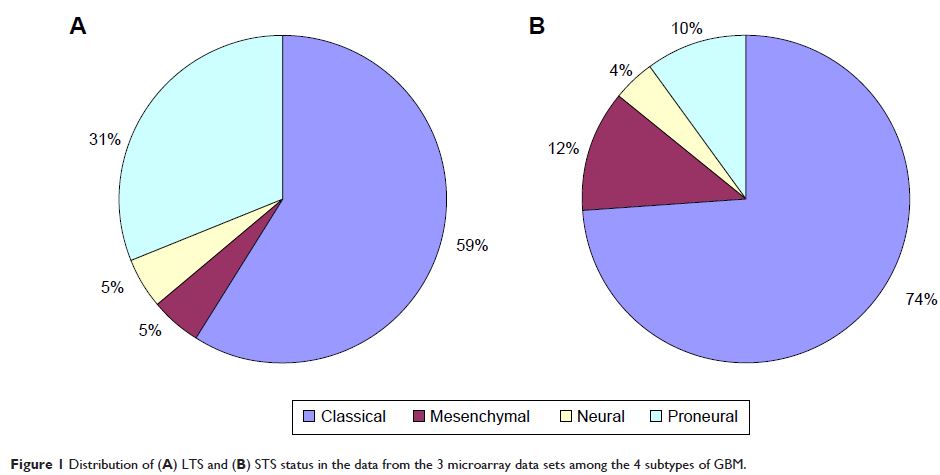108384
论文已发表
注册即可获取德孚的最新动态
IF 收录期刊
- 3.4 Breast Cancer (Dove Med Press)
- 3.2 Clin Epidemiol
- 2.6 Cancer Manag Res
- 2.9 Infect Drug Resist
- 3.7 Clin Interv Aging
- 5.1 Drug Des Dev Ther
- 3.1 Int J Chronic Obstr
- 6.6 Int J Nanomed
- 2.6 Int J Women's Health
- 2.9 Neuropsych Dis Treat
- 2.8 OncoTargets Ther
- 2.0 Patient Prefer Adher
- 2.2 Ther Clin Risk Manag
- 2.5 J Pain Res
- 3.0 Diabet Metab Synd Ob
- 3.2 Psychol Res Behav Ma
- 3.4 Nat Sci Sleep
- 1.8 Pharmgenomics Pers Med
- 2.0 Risk Manag Healthc Policy
- 4.1 J Inflamm Res
- 2.0 Int J Gen Med
- 3.4 J Hepatocell Carcinoma
- 3.0 J Asthma Allergy
- 2.2 Clin Cosmet Investig Dermatol
- 2.4 J Multidiscip Healthc

FBLN4 作为与原发性胶质母细胞瘤长期和短期存活率相关的候选基因
Authors Li F, Li YP, Zhang K, Li Y, He P, Liu YJ, Yuan H, Lu H, Liu J, Che S, Li Z, Bie L
Received 13 July 2016
Accepted for publication 27 September 2016
Published 16 January 2017 Volume 2017:10 Pages 387—395
DOI https://doi.org/10.2147/OTT.S117165
Checked for plagiarism Yes
Review by Single-blind
Peer reviewers approved by Dr Akshita Wason
Peer reviewer comments 3
Editor who approved publication: Dr XuYu Yang
Background: Glioblastoma multiforme (GBM) is the most common malignant and lethal
type of primary central nervous system tumor in humans. In spite of its
high lethality, a small percentage of patients have a relatively good
prognosis, with median survival times of 36 months or longer. The identification
of clinical subsets of GBM associated with distinct molecular genetic profiles
has made it possible to design therapies tailored to treat individual patients.
Methods: We compared microarray data sets from long-term
survivors (LTSs) and short-term survivors (STSs) to screen for prognostic
biomarkers in GBM patients using the WebArrayDB platform. We focused on FBLN4 , IGFBP-2 , and CHI3L1 , all members
of a group of 10 of the most promising, differentially regulated gene
candidates. Using formalin-fixed paraffin-embedded GBM samples, we corroborated
the relationship between these genes and patient outcomes using
methylation-specific polymerase chain reaction (PCR) for MGMT methylation status and quantitative
reverse transcription PCR for expression of these genes.
Results: Expression levels of the mRNAs of these 3 genes were
higher in the GBM samples than in normal brain samples and these 3 genes were
significantly upregulated in STSs compared to the levels in LTS samples (P <0.01). Furthermore,
Kaplan–Meier analysis showed that the expression patterns of FBLN4 and IGFBP-2 serve as independent prognostic
indicators for overall survival (P <0.01 and P <0.05,
respectively).
Conclusion: To our knowledge, this is the first report describing FBLN4 as a prognostic factor for GBM patient
survival, demonstrating that increased GBM survival time correlates with
decreased FBLN4 expression. Understanding FBLN4 expression patterns could aid in the
creation of powerful tools to predict clinical prognoses of GBM patients.
Keywords: glioblastoma, FBLN4 , IGFBP-2 , tumor
marker, prognosis
